Why the Battery Light Stays On When Ignition Is Off in Silverado – Here’s Why!
I’ve experienced the battery light staying on after turning off the ignition in my Silverado. It turned out to be a faulty alternator diode causing a parasitic drain on the battery.
This issue drained my battery and left me stranded a few times before I figured it out. Regular checks and addressing these signs early on can prevent such headaches.
Understanding the Battery Light:
The Purpose of the Battery Light in Your Silverado:
The battery light in your Silverado is more than just a dashboard indicator; it is an essential part of the vehicle’s warning system. It serves as a sentinel, alerting you to potential issues within the electrical system, particularly with the battery and charging system.
When functioning correctly, the battery light illuminates briefly when you start your engine, then quickly turns off once the alternator kicks in and begins supplying power.
However, if the light remains on, it suggests that the battery isn’t receiving the proper charge or that there’s an electrical malfunction.
Understanding this signal is critical, as ignoring it could lead to more severe problems, including a dead battery or a failed alternator, both of which can leave you stranded.
Common Scenarios When the Battery Light Stays On:
There are several scenarios where the battery light might stay on, and each points to different underlying issues. For instance, the light might remain illuminated if the alternator is malfunctioning and not providing sufficient charge to the battery.
Another scenario could be a loose or corroded battery cable, which impedes the flow of electricity and triggers the warning light.
Additionally, if there’s a significant drain on the battery—such as from a parasitic draw or an electrical short—the light may stay on even after the engine is turned off. Each of these situations demands prompt attention to prevent further complications.
Why Ignition-Off Battery Light Issues Shouldn’t Be Ignored:
When the battery light stays on after the ignition is off, it’s a clear sign that something is amiss within the vehicle’s electrical system.
This situation is particularly concerning because it suggests that power is being drawn from the battery when it shouldn’t be, potentially leading to a drained battery and an inoperable vehicle.
Ignoring this issue can result in a dead battery, leaving you unable to start your vehicle, and possibly causing long-term damage to the electrical components.
Addressing the problem as soon as possible is crucial to maintaining the health of your Silverado and avoiding inconvenient or costly repairs.
Exploring the Electrical System of the Silverado:

How the Silverado’s Electrical System Operates:
The Silverado’s electrical system is a complex network designed to manage power distribution throughout the vehicle. At its core, the system relies on three critical components: the battery, the alternator, and the ignition switch.
The battery provides the initial power needed to start the engine and operates the electrical accessories when the engine is off. Once the engine is running, the alternator takes over, supplying power to the vehicle and recharging the battery.
The ignition switch plays a pivotal role in controlling the flow of electricity, ensuring that power is only drawn from the battery when necessary. Any disruption in this system can lead to issues like the battery light staying on.
The Role of the Alternator, Battery, and Ignition Switch:
The alternator, battery, and ignition switch each play distinct yet interconnected roles in the Silverado’s electrical system. The alternator generates electricity and is responsible for keeping the battery charged while the engine runs.
If the alternator fails or its diodes become faulty, it can lead to insufficient charging, which the battery light will signal. The battery itself stores electrical energy and provides it when the engine isn’t running.
If the battery is weak or has internal faults, it may cause the light to stay on. The ignition switch controls the flow of power to various components.
A malfunctioning ignition switch can cause electrical power to continue flowing even when the vehicle is turned off, keeping the battery light on.
Understanding Key Components That Can Trigger the Battery Light:
Several key components within the Silverado can trigger the battery light if they malfunction. These include the alternator diodes, which are crucial for converting AC power from the alternator into DC power used by the vehicle.
If these diodes fail, it can cause a reverse current flow that keeps the battery light on. Additionally, parasitic drains, which occur when electrical components continue to draw power even after the vehicle is turned off, can also trigger the light.
Wiring issues, such as shorts or corroded connections, can disrupt the normal flow of electricity, leading to battery light activation. Understanding these components is essential for diagnosing the root cause of the problem.
read also: How a Car Battery Can Affect Your Immobilizer System – Fix Issues Fast!
Common Causes for Battery Light Staying On After Ignition Off:
- Faulty alternator diodes: Fail to prevent battery discharge, causing the battery light to stay on and potentially damaging the alternator.
- Parasitic drains: Electrical devices or systems drawing power after the vehicle is off, like a faulty relay or persistent glove box light, leading to battery drain.
- Ignition switch or wiring issues: A faulty ignition switch or damaged wiring can keep power flowing, causing the battery light to stay illuminated.
- Battery health problems: An old or weak battery struggling to hold a charge can keep the battery light on. Regular testing and maintenance are essential.
Diagnosing the Issue: Steps to Take

How to Perform a Basic Electrical System Check:
Performing a basic electrical system check is the first step in diagnosing why the battery light stays on. Start by inspecting the battery terminals for corrosion and ensuring all connections are tight.
Check the condition of the battery cables for any signs of wear or damage. Next, use a multimeter to measure the battery voltage; it should be around 12.6 volts with the engine off.
With the engine running, the voltage should rise to between 13.7 and 14.7 volts, indicating the alternator is charging the battery correctly. If the readings are outside these ranges, further investigation is needed.
Using a Multimeter to Test Battery and Alternator Functionality:
A multimeter is an invaluable tool for testing both the battery and the alternator’s functionality. To test the battery, set the multimeter to measure DC voltage and place the probes on the battery terminals.
A healthy battery should show a reading of around 12.6 volts. To test the alternator, start the engine and measure the voltage again.
A properly functioning alternator should produce a voltage between 13.7 and 14.7 volts. If the voltage is too low, it suggests the alternator is not charging the battery adequately. If it’s too high, it may indicate a faulty voltage regulator.
Identifying Parasitic Drains: A Step-by-Step Guide
Identifying parasitic drains involves measuring the current draw from the battery when the vehicle is off. Start by disconnecting the negative battery terminal and connecting a multimeter in series between the terminal and the battery post.
With the vehicle’s systems off, the current draw should be minimal, typically less than 50 milliamps. If the draw is higher, begin pulling fuses one at a time to identify which circuit is causing the drain.
Once the problematic circuit is identified, you can inspect the components in that circuit for faults or malfunctions that may be causing the drain.
read also: Car Alarm Goes Off When Charging Battery – Common Causes!
Preventive Measures to Avoid Battery Light Issues:
Regular Maintenance Tips for Your Silverado’s Electrical System:
Regular maintenance is key to preventing battery light issues in your Silverado. Start by inspecting the battery terminals and cables for corrosion or damage, and clean them as needed.
Ensure that the battery is securely mounted and that the connections are tight. Test the battery and alternator regularly to ensure they are functioning correctly.
Additionally, check the serpentine belt for wear, as a slipping belt can cause the alternator to undercharge the battery. Regularly inspecting and maintaining the electrical system can help prevent issues that trigger the battery light.
The Importance of Checking Connections and Wiring:
Checking the connections and wiring in your Silverado is an essential part of electrical system maintenance. Loose, corroded, or damaged wires can disrupt the flow of electricity and cause the battery light to stay on.
Periodically inspect all visible wiring and connections for signs of wear, corrosion, or loose fittings. Pay special attention to areas where wires pass through the firewall or near moving parts, as these are common points of wear.
Ensuring all connections are secure and free of corrosion can help prevent electrical issues that lead to battery light activation.
When and How to Test Your Battery’s Health:
Testing your battery’s health is an important preventive measure to avoid unexpected electrical issues.Regularly use a multimeter to check the battery’s voltage.
Consistently low voltage may indicate it’s time for a replacement. Additionally, consider performing a load test, which measures the battery’s ability to maintain voltage under load.
Many auto parts stores offer free battery testing services that include a load test. Testing your battery regularly and replacing it when necessary can help prevent the battery light from staying on due to a failing battery.
Keeping Your Alternator in Good Working Condition:
The alternator is a critical component in your Silverado’s electrical system, and keeping it in good working condition is essential.
Regularly inspect the alternator belt for signs of wear or damage and replace it as needed. Listen for unusual noises coming from the alternator, which could indicate a problem with the bearings or internal components.
If you notice any issues, have the alternator tested by a professional. Replacing a failing alternator before it causes more significant problems can help maintain your vehicle’s electrical health and prevent the battery light from staying on.
When to Replace Components: Knowing the Right Time
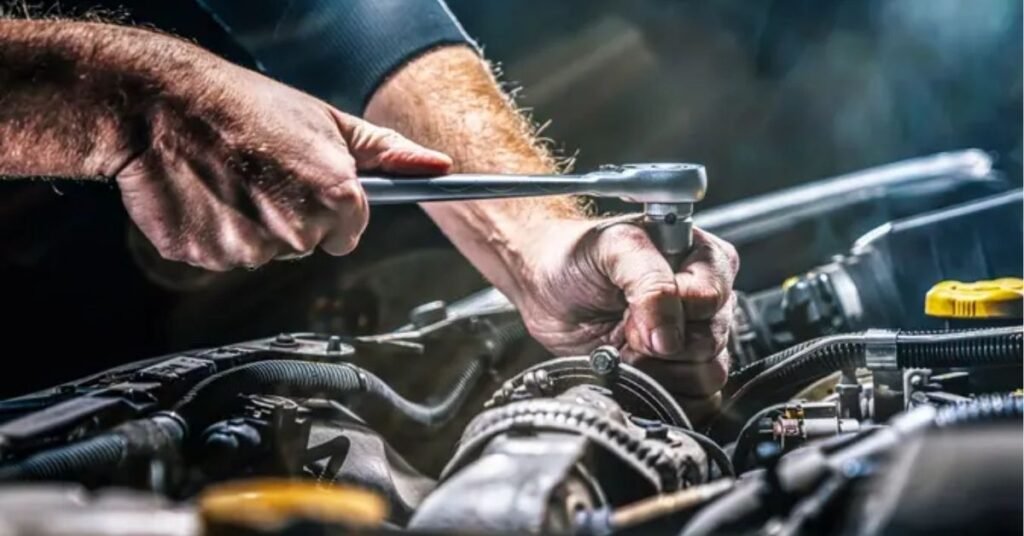
Signs Your Alternator May Be Failing:
Spotting signs of a failing alternator can help prevent bigger issues. Common signs include dimming headlights, a whining noise from the engine bay, or a burning smell. If the battery light stays on while driving, it’s a strong indication that the alternator isn’t charging the battery properly.
Additionally, if your battery frequently dies, the alternator may be to blame. Replacing the alternator promptly can prevent further damage to the battery and other electrical components.
How to Tell If Your Battery Needs Replacing:
Determining if your battery needs replacing involves both visual inspection and testing. Look for physical signs of wear, such as swelling, leaks, or corrosion around the terminals.
If the battery is more than three years old, it may be nearing the end of its lifespan. Use a multimeter to check the battery’s voltage, and if it consistently reads below 12.4 volts, it may be time for a replacement.
A weak battery can cause the battery light to stay on and should be replaced to avoid further electrical issues.
Recognizing When Wiring or Switches Need Attention:
Wiring and switches are often overlooked but can be the source of persistent battery light issues. If you notice intermittent electrical problems, such as flickering lights or issues with starting the vehicle, faulty wiring or switches may be to blame.
Inspect the wiring for signs of wear or damage, particularly in areas exposed to heat or vibration. Switches, especially the ignition switch, should operate smoothly without sticking or requiring excessive force.
If you suspect a problem, have the wiring and switches inspected by a professional to avoid more serious electrical issues.
Cost Considerations for Replacing Key Components:
Replacing key components like the alternator, battery, or wiring can be costly, but it’s essential to weigh these costs against the potential for more significant damage if the issues are not addressed.
The cost of a new alternator can vary depending on the model and quality, but it’s generally less expensive than the long-term damage caused by a failing alternator.
Similarly, replacing a battery before it fails completely can save you from being stranded and the associated towing or repair costs.
When budgeting for repairs, consider the long-term benefits of maintaining a healthy electrical system versus the immediate costs of replacement.
read also: Does Leaving USB Plugged in Car Drain Battery – Here’s the Answer!
FAQ’s
1. Why does the battery light stay on even when the ignition is off?
The battery light staying on after the ignition is off often indicates an electrical issue, such as a parasitic drain, faulty alternator diodes, or problems with the ignition switch.
2. What role does the alternator play in preventing the battery light from staying on?
The alternator charges the battery while the engine is running. If it fails or its diodes malfunction, it can lead to insufficient charging and cause the battery light to remain on.
3. How can a parasitic drain cause the battery light to stay on?
A parasitic drain occurs when electrical components continue to draw power from the battery even after the vehicle is off, which can keep the battery light illuminated.
4. What should I check first if the battery light stays on after the ignition is off?
Start by inspecting the battery terminals and cables for corrosion or damage. Use a multimeter to check the battery and alternator’s voltage to ensure they are functioning correctly.
5. When should I seek professional help for a battery light issue?
If basic troubleshooting steps don’t resolve the issue or if the battery light continues to stay on, it’s best to consult a professional mechanic for a more thorough diagnosis.
Conclusion:
If your Silverado’s battery light stays on after the ignition is off, it indicates potential electrical system issues like faulty alternator diodes, parasitic drains, or wiring problems. Promptly addressing these concerns through regular maintenance and professional diagnostics can prevent further complications and ensure your vehicle remains reliable and functional.
Read Also:
Can I Run 2 Amps Off a Single Car Battery – The Truth Revealed!
Can a Bad Battery Cause O2 Sensor Code – Find Out Now!
Can a Bad Battery Cause Stabilitrak Problems – Find Out Now!
Why My ATV Dies When Battery Disconnected – Here’s the Fix!
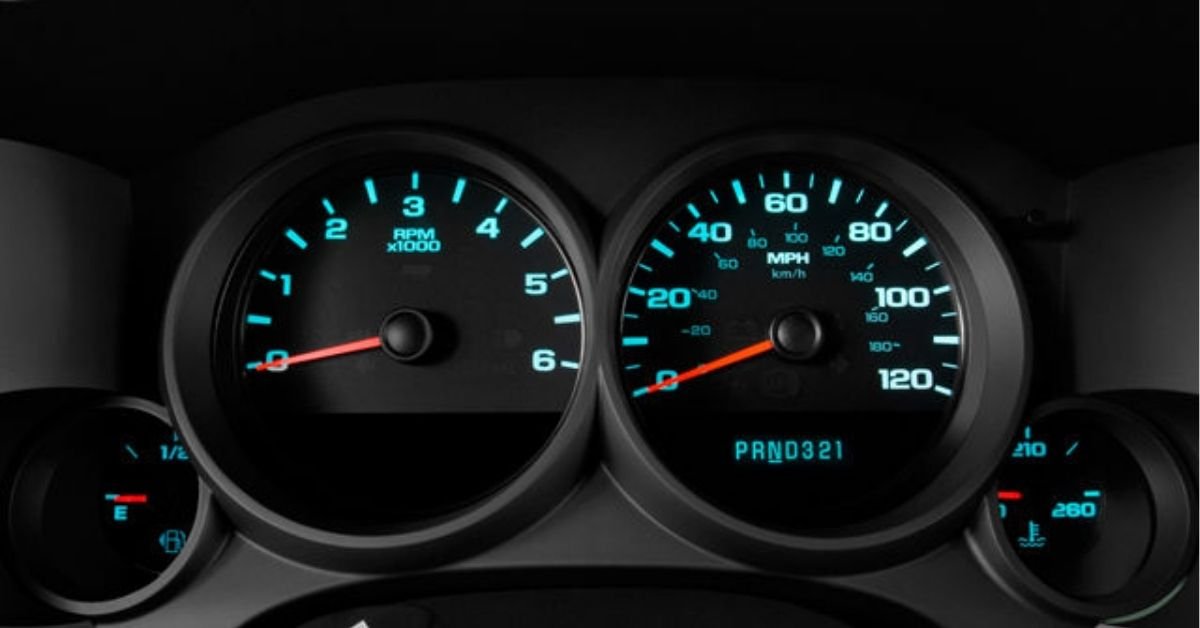

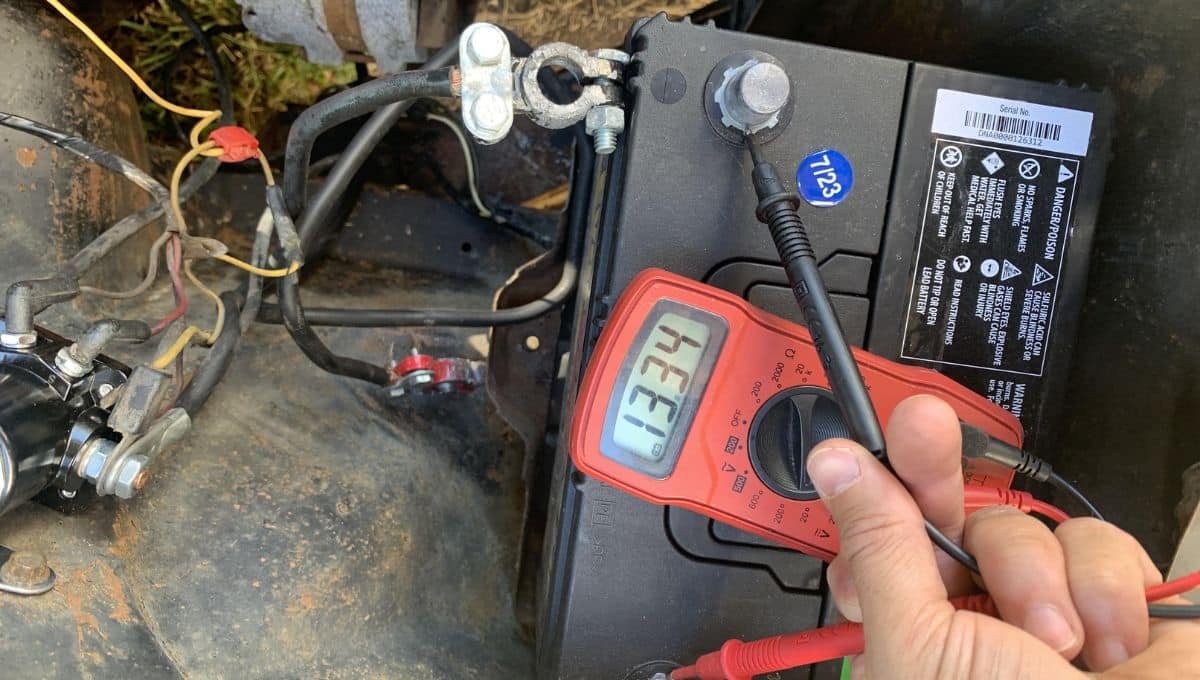


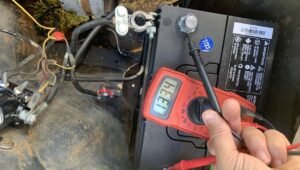


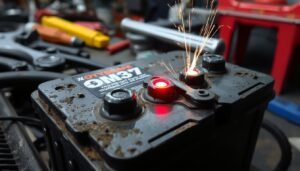

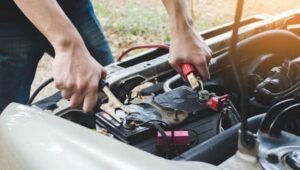
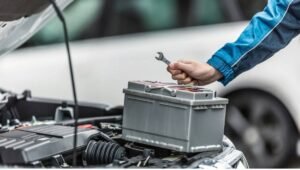
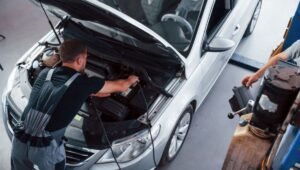
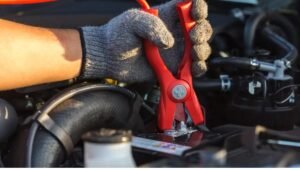
Post Comment